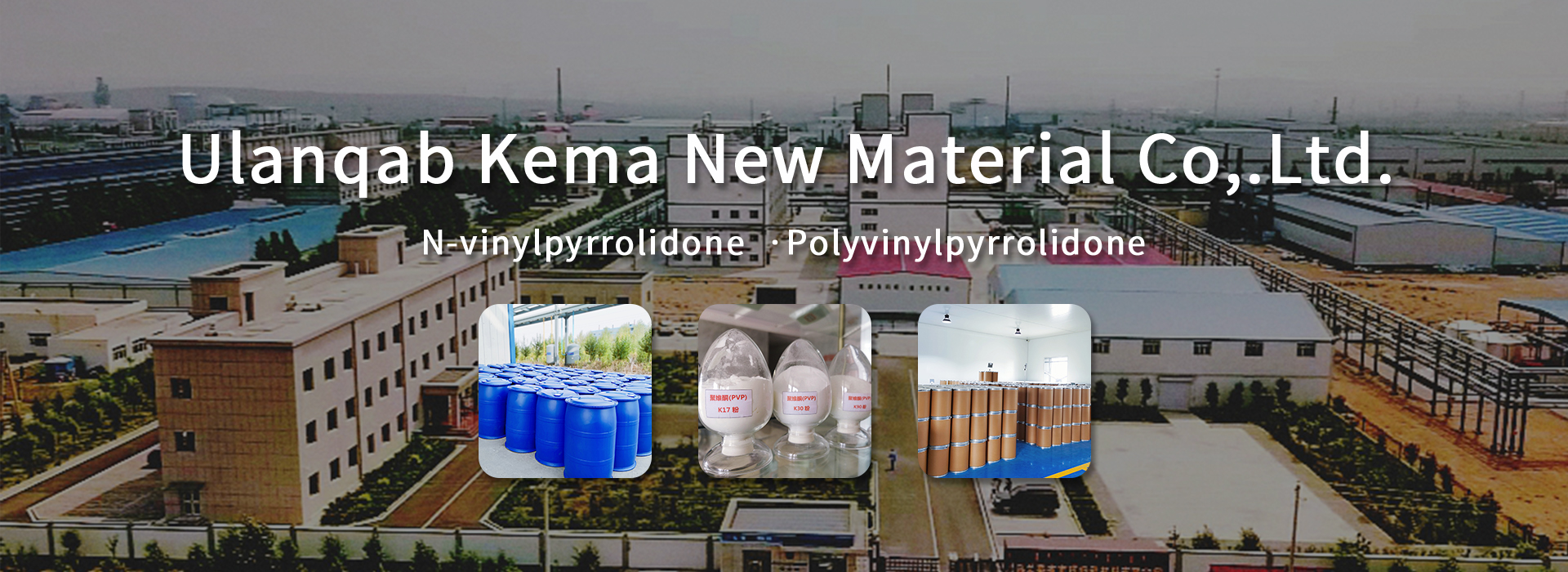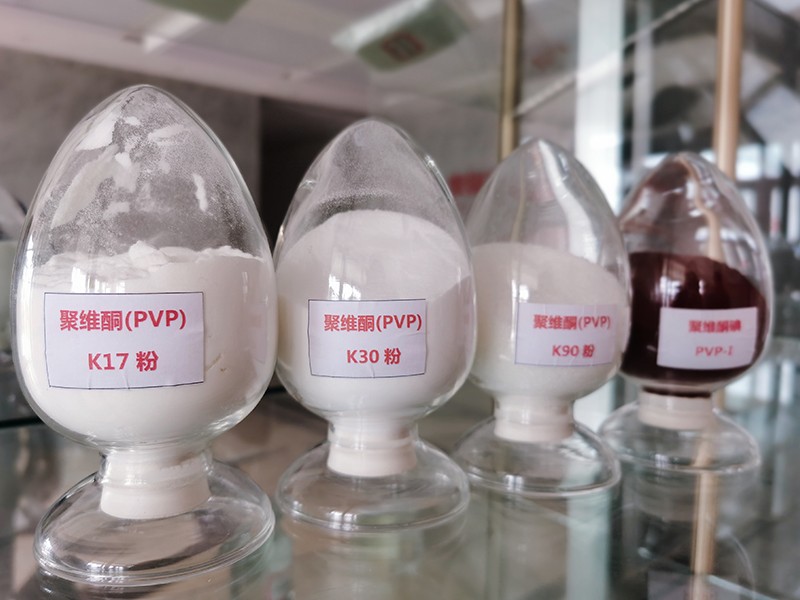How to meet these standards and maintain good characteristics. Cured ink with excellent performance and low odor. Strict emission requirements and a higher curing rate are required. This monomer can be added to the formulation of UV-curable coatings to form a flexible and hard plastic film. Adding NVP to the radiation medical formula can improve the elongation and viscosity of high-gloss and low-gloss coatings. Wood enhances product performance and promotes the industry to develop a wide range of curing adhesives. Improving productivity and reducing the pressure on environmental pollution are the main motivations for investigating the use of scattering coatings in the furniture industry. The addition of NVP to the anti-ultraviolet coatings used in the wood flooring industry can provide the equivalent physical properties of wax-free flooring.
UV coatings for metals generally use cationic vinyl ether/epoxy chemistry or heterocyclic systems to form formulas. The function of NVP is to crosslink with vinyl ether or acrylic functional groups to form an excellent active diluent in these systems.
The ink packaging market uses EB and UV curing technology to occupy an important share of the screen ink market.
Manufacturers of electronic and electrical equipment rely on UV coatings for rapid processing and low-temperature processing to protect cables, electrical components, and printed circuit boards.
PVP polyvinylpyrrolidone, polyvinylpyrrolidone, or PVP for short, is a non-ionic polymer compound. It is a characteristic of N-vinylamide polymers and is a fine chemical that has been studied extensively. Has developed into three categories of non-ionic, cationic and anionic, three specifications of industrial grade, pharmaceutical grade, and food grade, and a series of homopolymers, copolymers and cross-linked polymers with relative molecular weights ranging from thousands to more than one million. , And has been widely used with its excellent and unique properties.
The molecular weight of PVP is divided into four levels according to its average molecular weight. It is often expressed by the K value, and different K values represent the corresponding PVP average molecular weight range. The K value is actually a characteristic value related to the relative viscosity of the PVP aqueous solution, and the viscosity is a physical quantity related to the molecular weight of the polymer, so the K value can be used to characterize the average molecular weight of PVP. Generally, the greater the K value, the greater the viscosity and the stronger the adhesion.




 全国服务热线
全国服务热线
